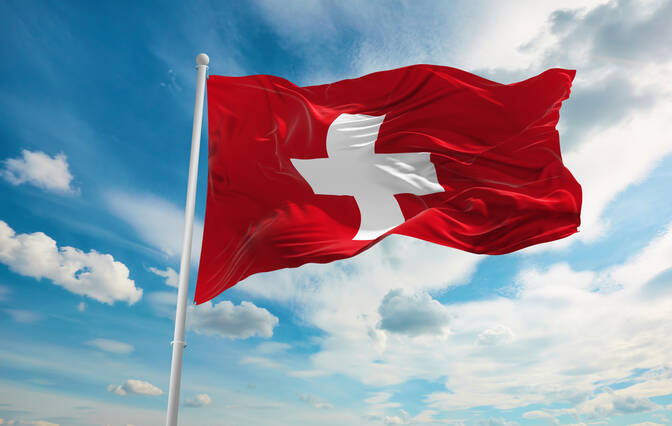Swiss National Day
August 1, Friday

Historical Background
The origins of Swiss National Day trace back to the Federal Charter of 1291, considered Switzerland’s founding document. This pact marked the beginning of a unified Swiss identity, although the modern Swiss Confederation evolved over centuries. The holiday was officially established in 1891 to mark the 600th anniversary of the Confederation and became a public holiday in 1994.
Traditions and Celebrations
Swiss National Day is marked by a variety of traditional and modern festivities across the country:
- Bonfires: Symbolizing freedom and unity, bonfires are lit on hills and mountains.
- Fireworks: Colorful displays light up the night sky in towns and cities.
- Speeches: Political leaders often give speeches emphasizing Swiss values such as neutrality, democracy, and federalism.
- Flag Displays: Swiss flags and cantonal flags are prominently displayed on buildings and in public spaces.
- Alphorn Performances: Traditional music, including alphorn and yodeling, is featured in many celebrations.
- Lantern Processions: Children often participate in lantern parades, especially in rural areas.
Celebrations at the Rütli Meadow
One of the most symbolic celebrations takes place at the Rütli Meadow, the legendary site where the original oath of alliance was said to have been taken. This location holds a central place in Swiss national mythology and is the site of official ceremonies and speeches.
Public Holiday Status
August 1st is a public holiday throughout Switzerland. Most businesses, shops, and public offices are closed, allowing citizens to participate in the festivities. It is a day for family gatherings, community events, and national pride.
Modern Significance
Today, Swiss National Day serves not only as a reminder of the country’s historical roots but also as a celebration of its cultural diversity and democratic values. It is a unifying event for the multilingual and multicultural population of Switzerland.
